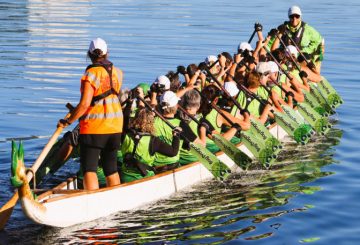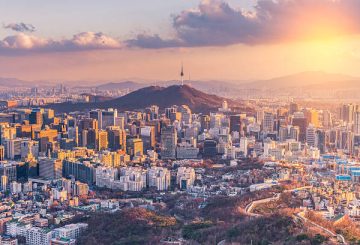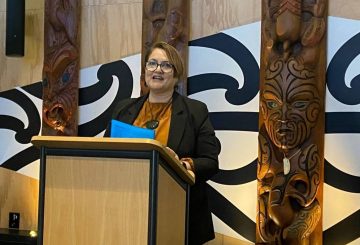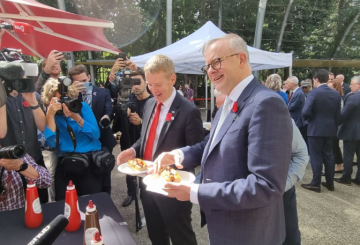Asia-pacific News

NZCT helps to financially support the Bay Dragons

Peters reaffirms New Zealand commitment to Indo-Pacific ‘rules and norms’
Australia Rejects Constitutional Change to Recognise Indigenous People

Kiwi Businesses Gaining Popularity in South Korea

New Flight Route Connects Auckland and Chinese Metropolis Hangzhou

New Zealand Sees Asia as Vital for Future, Survey Reveals

Māori Leaders Seek Global Whale Protection at United Nations
Ministry for Ethnic Communities defended after ACT promises to abolish it
Five Māori high school students soar high with academic scholarship

















































